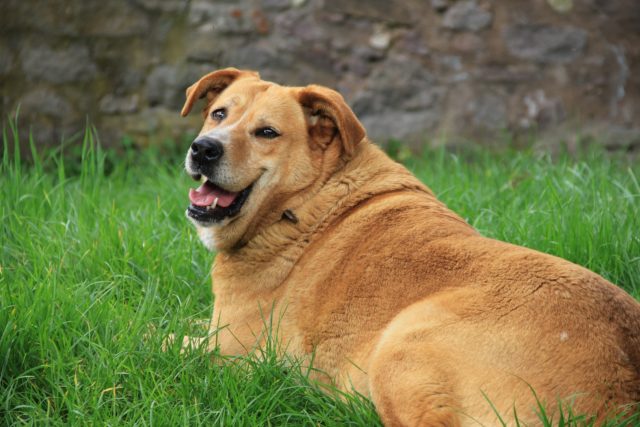
Canine Obesity is a nutritional ailment that happens when the body gains too much fat and causes problems to the dog’s health. Dogs who are always cooped up at home are at a higher risk of becoming obese.
This disease is like a tip of the iceberg for other health problems. If it is left untreated, it can lead to joint problems, pancreatitis, diabetes, cardiorespiratory disease, urinary disorders, dermatological disease, heart problems or even cancer. It is the kind of health problem that can reduce not only your dog’s lifespan but also his enjoyment of life.
The common causes of obesity in dogs are too much food and lack of exercise, unhealthy eating habits, and the dog’s inability to exercise because of old age.
Canine obesity can also be caused by medical actions like neutering. Diseases like Hypothyroidism, Insulinoma, and Hyperadrenocorticism can also induce it.
Determining if your dog is Obese
If you find your dog gaining a lot of weight, attain excess fat, and seem to be unwilling to do exercise, then he is probably obese. These three are the common symptoms in identifying the disease. Visit your veterinarian in order to find out if this is the case.
Obesity in dogs can be verified by using Body Condition Scoring or BCS. This is a charting method that compares your dog’s body composition versus the ideal for his breed. The scoring system uses scores 1 to 5 or 1 to 9 with 1 being too-thin and 5 or 9 as moderately obese. If the veterinarian assesses that your dog has an excess of 10 to 15 percent of body weight, then your dog is obese.
How to Treat Obesity?
In your visit with the veterinarian, if it is confirmed that your dog is obese, ask for the ideal weight for your dog’s breed. Check how much weight he needs to lose. Your veterinarian can provide you with a diet plan to follow. You need to measure how much your dog eats so you can both stick to the plan. Make a habit of using a measuring tool in giving your dog his food. Keeping a record of the food he eats will also help you identify if the plan is working for him or not, and the plan can be changed depending on your dog’s needs.
Food intake should be adjusted. Feed him food with low calories, high protein, and high fiber. Consult with your veterinarian if there is a specific food product that you can feed your dog.
You can use a different kind of feeding method that is suitable for your dog. One is lessening his food intake for the day. Another is feeding him in small portions throughout the day. Both approaches can help your dog burn calories easily.
Aside from correcting the food intake, an exercise regimen must be applied. Ascertain that the intake of food is balanced with the discharge of their energy. Going out to run or doing activities with your dog can help him enjoy moving around and get that needed exercise.
Keep in mind that it all depends on you to make sure your dog is always healthy. Feeding your dog and doing exercise should be done in moderation. Anything too much or too few is not only bad for you, but also for your dog.








